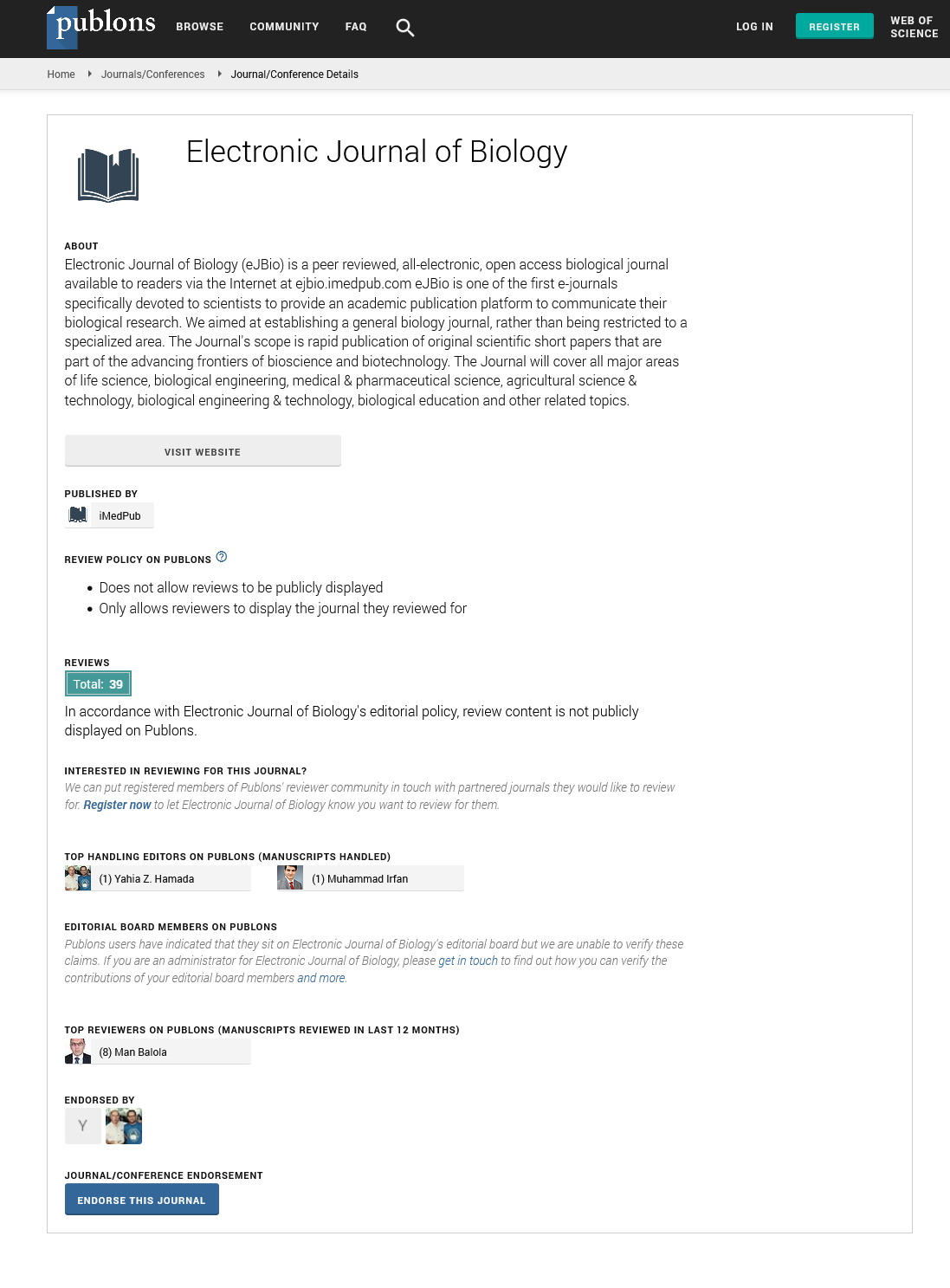Abstract
Typical and Atypical Neural Stem Cell Niches
The adult central nervous system (CNS) is a tissue with a low rate of renewal and can be seriously affected by injuries and diseases. The generation of new neural cells, such as neurons and glia, is prevalently restricted to specific CNS areas (niches) deriving from embryonic germinative layers. Continual neurogenesis is sustained by multipotent astro/radial glia-like neural stem/precursor cells (NPCs), which persist within adult CNS niches endowed with molecular/cellular signals capable of regulating their biological features. Multipotent NPCs have less typically been identified in the more spread mammalian CNS parenchyma. Due to their inherent plasticity, NPCs from typical and nontypical CNS germinal areas might therefore concur to nervous system repair upon injury and/or disease. In parallel, the transplantation of NPCs promotes remarkable CNS repair via both cell replacement as well as intrinsic bystander neuroprotective capacities. Strictly depending on when injected into a live host suffering from a CNS disease (e.g., inflammatory vs. degenerative), transplanted NPCs display an extraordinary capacity of finding in vivo the proper way(s) towards certain favourable perivascular sites (atypical niches), where they survive and act as therapeutic weapons trough the interaction with the (micro)environment. The next challenge for the future of (endogenous vs transplanted) stem cell-based therapies will be the development of new protocols for carefully weighting and tightly regulating the different therapeutic alternative mechanisms NPCs may instruct in vivo.
Author(s): Stefano Pluchino, Luca Bonfanti
Abstract | Full-Text | PDF
Share this

Google scholar citation report
Citations : 5001
Electronic Journal of Biology received 5001 citations as per google scholar report
Electronic Journal of Biology peer review process verified at publons
Abstracted/Indexed in
- Google Scholar
- China National Knowledge Infrastructure (CNKI)
- CiteFactor
- Electronic Journals Library
- Zoological Records
- WorldCat
- Proquest Summons
- Publons
- MIAR
- Openaccessarticles.com
- Secret Search Engine Labs
Open Access Journals
- Aquaculture & Veterinary Science
- Chemistry & Chemical Sciences
- Clinical Sciences
- Engineering
- General Science
- Genetics & Molecular Biology
- Health Care & Nursing
- Immunology & Microbiology
- Materials Science
- Mathematics & Physics
- Medical Sciences
- Neurology & Psychiatry
- Oncology & Cancer Science
- Pharmaceutical Sciences


